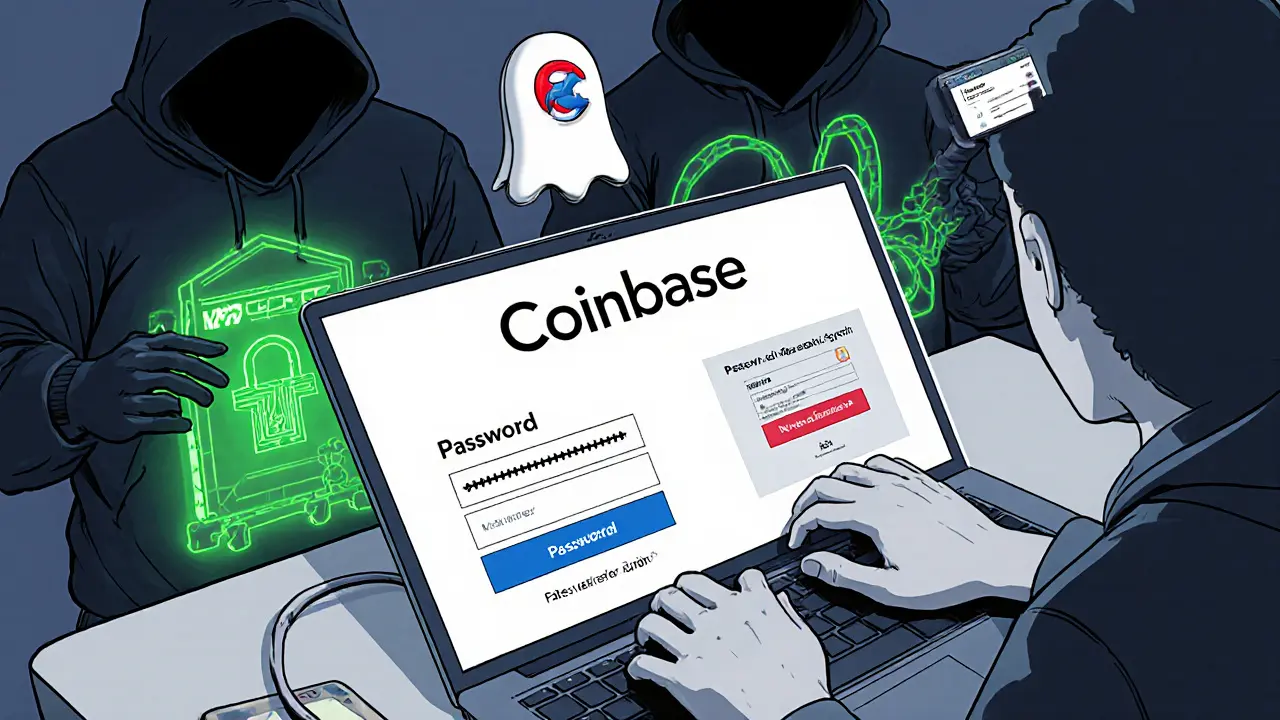MFA Attacks: How Multi-Factor Authentication Is Being Broken and What to Do
When you hear MFA attacks, attacks that bypass or trick multi-factor authentication systems to steal access to accounts. Also known as two-factor authentication bypass, it's not about cracking codes—it's about fooling people. Most people think MFA makes them safe. It does—unless the attacker already has your password and knows how to exploit human trust.
MFA attacks don’t need fancy hacking tools. They use phishing, fraudulent websites or messages designed to trick users into entering login details and one-time codes. You get a text saying your account is locked. You click a link, enter your password, then your 6-digit code—and boom, your account is gone. SIM swapping, a technique where attackers convince your mobile carrier to transfer your phone number to a device they control is even worse. Now they get every SMS code, no matter how secure your app is. And then there’s credential stuffing, using leaked passwords from one breach to try logging in everywhere else, then pushing MFA prompts until you accidentally approve one. It’s not magic. It’s psychology.
You won’t find MFA attacks in the news as often as crypto scams, but they’re behind most high-profile account takeovers. Crypto exchanges, bank apps, even your email—none are safe if you’re using SMS codes or clicking through push notifications without thinking. The posts below show real cases: fake airdrops that steal your MFA codes, sketchy exchanges that don’t block brute-force attempts, and wallet apps that let attackers trigger login alerts until you say yes. This isn’t theoretical. People lost thousands because they didn’t know that approving a push notification isn’t the same as saying "yes" to your bank—it’s saying "yes" to the thief.
There’s no single fix. But you can stop most MFA attacks by ditching SMS, using a hardware key, and never approving login requests you didn’t start. The guides and reviews below break down exactly how these attacks work, where they’re happening right now, and how to lock down your accounts before it’s too late.
